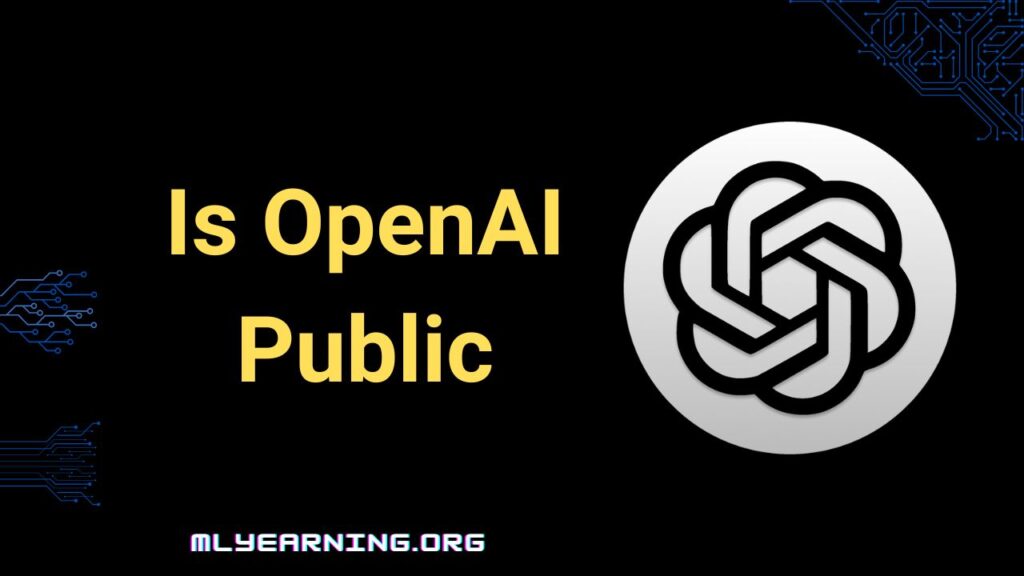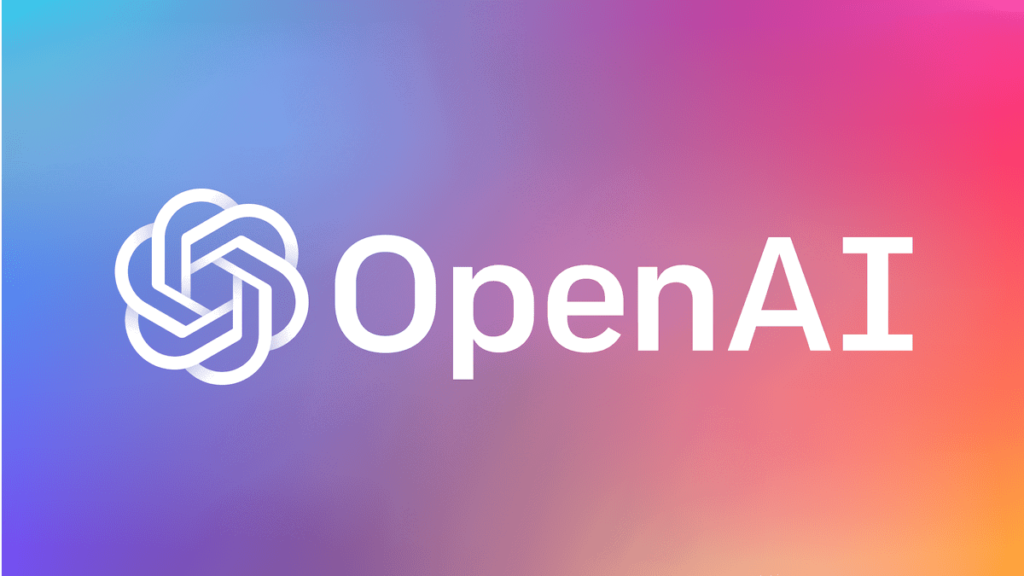In recent years, Generative AI has emerged as a groundbreaking technology, transforming the creative landscape. This sophisticated AI can generate highly realistic content, including text, images, and videos, pushing the boundaries of creativity and efficiency in various fields. From film production to marketing, generative AI is enabling rapid content generation and enhancing special effects, marking a significant shift in how creative projects are conceived and executed.
The Evolution of Generative AI :
Generative AI refers to a class of algorithms that can create new content based on existing data. These models, often built on deep learning architectures, are trained on vast datasets and can produce outputs that mimic human creativity. The technology has seen rapid advancements, with models like OpenAI’s GPT-3 and DALL-E leading the charge in text and image generation, respectively. More recently, video generation models such as Runway’s Gen-2 have started to gain traction, offering promising results in generating short video clips with high visual fidelity (MIT Technology Review).
Applications in the Film Industry:
One of the most exciting applications of generative AI is in the film industry. The technology is being used to create special effects, generate realistic animations, and even de-age actors. For instance, the latest Indiana Jones movie featured a de-aged Harrison Ford, a feat made possible by AI-driven visual effects (MIT Technology Review). This not only enhances the visual experience for audiences but also reduces production costs and time.
Generative AI is also making its mark in pre-production and post-production processes. AI can generate storyboards, visualize scenes, and even assist in editing by suggesting cuts or enhancements based on the director’s style. This level of automation allows filmmakers to focus more on creativity and storytelling, rather than getting bogged down by technical details.
Transforming Marketing and Media:
Marketing and media are other areas where generative AI is proving to be invaluable. The ability to create personalized content at scale is a game-changer for marketers. AI can generate targeted advertisements, customized emails, and social media content that resonates with specific audience segments. This personalization drives higher engagement rates and improves customer satisfaction.
Moreover, generative AI is being used to create virtual influencers—digital personalities powered by AI that interact with audiences on social media platforms. These virtual influencers can engage with followers, promote products, and even generate revenue, all while being controlled by algorithms that ensure they stay on brand (IBM – United States).
Enhancing Special Effects:
In the realm of special effects, generative AI is setting new standards. Traditional special effects require extensive manual work, involving multiple iterations and a significant amount of time. With AI, special effects can be generated and refined quickly, allowing for more experimentation and creativity.
AI-driven tools can simulate complex effects such as explosions, weather phenomena, and character animations with remarkable accuracy. These tools leverage generative adversarial networks (GANs) and other advanced AI techniques to produce effects that are almost indistinguishable from reality. This capability is particularly valuable in high-budget productions where visual fidelity is paramount (IBM – United States) (MIT Technology Review).
The Future of Generative AI in Creative Industries:
The integration of generative AI into creative industries is still in its early stages, but its potential is vast. As the technology continues to evolve, we can expect even more sophisticated applications that further blur the lines between human and machine creativity. For instance, future AI models might be able to generate entire feature-length films, complete with realistic dialogue and nuanced character interactions.
However, the rise of generative AI also brings challenges, particularly in terms of ethics and intellectual property. Questions about the ownership of AI-generated content and the potential for misuse in spreading disinformation are significant concerns that need to be addressed as the technology matures (Home of Technology News).
Conclusion:
Generative AI is revolutionizing the creative industries by enabling rapid content generation, enhancing special effects, and providing new tools for filmmakers and marketers. Its ability to produce highly realistic content is opening up new possibilities for storytelling and audience engagement. As the technology continues to advance, it will undoubtedly play an increasingly central role in shaping the future of creativity and entertainment.
By embracing generative AI, creative professionals can push the boundaries of their craft, exploring new frontiers of artistic expression and innovation. The future of creativity is here, and it is powered by AI.
Sources:



